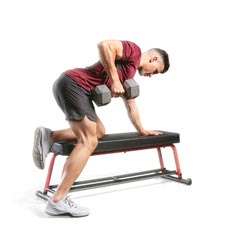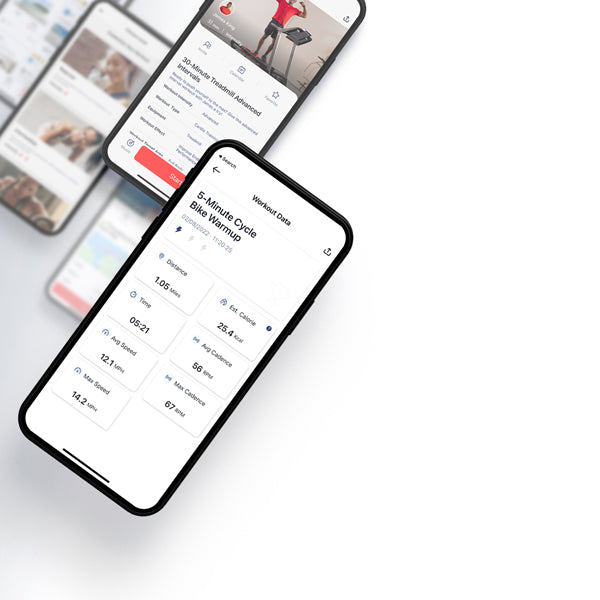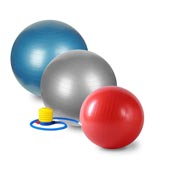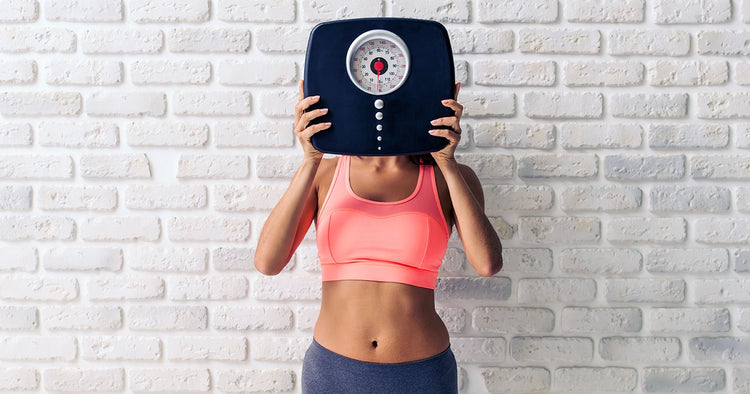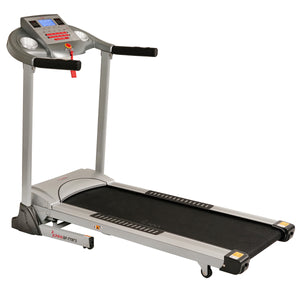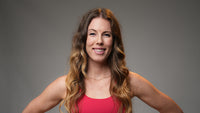Starting a weight loss plan can feel a bit like selling your soul. When you think about weight loss, visions of long and grueling workouts and feeling hangry might come to mind. The sad truth is many weight loss plans are exactly that—cutting out major food groups, spending hours on the treadmill, going to bed hungry and unsatisfied.
These plans might slash weight fast. And if you’re trying to lose some weight before the end of the year, that might be tempting. The problem (besides sounding completely miserable) is that these fast-acting “solutions” simply aren’t sustainable, and they never last.
The good news: it is possible to lose weight while feeling satisfied and comfortable. The secret? Making realistic lifestyle changes that result in slow and steady weight loss. Not only will establishing these habits help you lose the weight and keep it off, but they’ll also increase your overall health and lifespan, improve your mood, and give you more energy, too. Here’s how to do it.
How to Lose Weight in 3 Simple Steps
The overwhelming amount of news and products touting the next weight loss miracle can make you feel like you’ll never get weight loss right. Of all the options vying for your attention, these three are worth dialing in.
1. Clean Up Your Diet
Your diet is essential to your overall weight. The saying “you are what you eat” rings true not just for your weight, but how you feel, how your brain, muscles, and organs function, how your skin looks, and so much more. Here’s how to clean it up.
Choose a diet that’s sustainable and nourishing
There are many diets out there to choose from. Whatever diet you choose, select one that consistently nourishes your body with the fuel it needs. If the diet cuts out a major food group (carbs, fats, and protein) or involves drastic restriction, it could negatively impact your overall health. Use your metabolic health as a guidepost for making any decisions and changes.
Cut back on refined carbs
Your body converts carbs into glycogen, which is what your body uses for energy. Refined carbs like sugar or white bread taste great but will leave you with an energy crash and hungry for more. Instead, opt for whole grains and fiber which can help contribute to feeling full and satisfied, and may result in eating less calories overall (1). Plus, according to one study, a diet focused on whole grains over carbs is correlated with a lower Body Mass Index (BMI) (2).
Focus on protein and vegetables
You can decrease carbs or fat in your diet, but don’t mess with protein. Protein can always be converted to glycogen in your body for energy. But carbs and fat can’t be converted to protein. Protein is essential for building and maintaining muscle. A diet high in protein is associated with weight loss (3).
Fruits and vegetables will also provide a good amount of fiber, which takes a longer time to digest than simple carbs and will help you feel full. A good variety of fruits and vegetables will supply you with the essential nutrients to keep your body running optimally and feeling your best as you lose weight.
2. Exercise Regularly
Your diet is the most important element of a weight loss plan, but one study found that those who combined a healthy diet with exercise were more successful at losing weight (4). There are endless ways to break it down but overall strive for consistency. Focus on what you can do, and what you like to do.
Lift weights at least twice a week. Weightlifting will help convert fat to lean muscle. Regularly engage in cardio, at least four to five days a week. It doesn’t have to be intense; you just need to breach a breathless state—which for most people is a slow jog, incline walk, or fast walk. But you can get it in with fun activities too like biking, skiing, or pickleball.
Not sure where to start? Try the SunnyFit® app. Our Sunny trainers will lead you through engaging strength, cardio, and flexibility workouts to help you reach your goals.
3. Establish Consistent Habits
The most important step—and the one most people skip—is putting in the work to establish consistent habits. If you’re good with your diet or exercise for one week, two weeks, four weeks—that’s great, but it’s not enough to yield real results.
Have you ever heard the saying “if nothing changes, nothing changes”? It’s true. It’s the lifestyle changes that make all the difference. You can lose weight fast, but if you haven’t established consistent habits good luck keeping off the weight.
How to do it? Try habit stacking. It gives you an edge by piggybacking on a habit you already do on the daily. Linking a new habit with something you already have in the bag gives you an edge, so you’re much more likely to be successful.
What About Calories?
Many people think counting calories is the secret to weight loss. Balancing calories in and calories out so that you’re in a caloric deficit is one tried-and-true way to lose weight, but it’s not the only way.
Many people can achieve a caloric deficit by simply eating more nutrient-dense whole foods. That’s because these foods are more filling and satisfying, so you can get full on less. Keep in mind eating too few calories can be dangerous and detrimental for weight loss, too (5). That’s because eating too few calories will slow down your basal metabolic rate (the number of calories you burn at rest) also more commonly referred to as your metabolism.
How Fast Will You Lose Weight?
The safe rate to lose weight is about one to two pounds per week. One pound is equivalent to 3,500 calories. Which means you would need to be in a 3,500-calorie deficit (either by eating less calories or burning more calories) to lose one pound.
It may not sound like a lot, but even a conservative weight loss plan at one pound per week can add up to over 50 pounds in a year. If you’re trying to lose weight faster than that, talk to your doctor to make a plan that’s safe for you and includes all of the nutrients your body needs to be healthy while making rapid progress.
Sample Meal Plan for Weight Loss
These simple meal ideas incorporate protein, healthy fats, fruits or vegetables, and complex carbs.
Breakfast Ideas
- Vanilla Bean Protein Waffles
- Frittata Bites
- Peanut Butter Overnight Oats
- Blueberry Acai Overnight Oats
- Chocolate Peanut Butter Protein Shake
- Chia Seed Pudding
- Chocolate Chia Seed Pudding
- Healthier Chocolate Chip Pumpkin Muffins
Lunch Ideas
- Greek Rotisserie Chicken Bowls
- Chicken Lettuce Wraps
- Korean Chicken Lettuce Wraps
- Healthier Rotisserie Chicken Salad
- Mediterranean Tuna Salad
- Tex Mex Quinoa Salad
- Thai Crunch Chicken Salad
- Easy Summer Cobb Salad
- Fall Harvest Salad
- Healthy Pesto Chicken Wrap
- Vegetarian Quinoa Avocado Wrap
- Couscous Salad
Dinner Ideas
- Loaded Mojo Chicken Tacos
- Wholesome Chicken Verde Soup
- Healthy Zuppa Toscana
- Instant Pot Turkey Chili
- Instant Pot Thai Basil Chicken
- Strawberry Spinach Salad with grilled chicken or salmon
Snack Ideas
- Chocolate Chip Energy Bites
- Guacamole with homemade baked tortilla chips or veggies
- Homemade Mango Salsa
- Green Veggie Vitality Juice
- Lighter Instant Pot Artichoke Dip
Sample Workouts for Weight Loss
These straightforward workouts are led by professional trainers and designed to help you build fitness, gain strength, and get healthy.
Cardio Workouts
- 20 Minute Beginner Cycle Bike Ride
- 20 Minute Beginner Treadmill Walk
- 15 Minute Beginner Interval Run
- 20 Minute Rowing Bootcamp
- 20 Minute Dance Cardio Workout
- 15 Minute Beginner Boxing Workout
- 20 Minute Easy Elliptical Workout
Strength Workouts
- 15 Minute Full Body Kettlebell Strength
- 20 Minute Upper Body Dumbbell Strength
- 20 Minute Lower Body Dumbbell Strength
- 20 Minute Booty Burn with Dumbbells
Stretching and Recovery
(1) Jonnalagadda, S. et al (2011). Putting the Whole Grain Puzzle Together: Health Benefits Associated with Whole Grains—Summary of American Society for Nutrition 2010 Satellite Symposium. https://www.ncbi.nlm.nih.gov/pmc/articles/PMC5639963/
(2) Maki, K. et al (2019). The Relationship between Whole Grain Intakes and Body Weight: Results of Meta-Analyses of Observational Studies and Randomized Controlled Trials. https://www.ncbi.nlm.nih.gov/pmc/articles/PMC6627338/
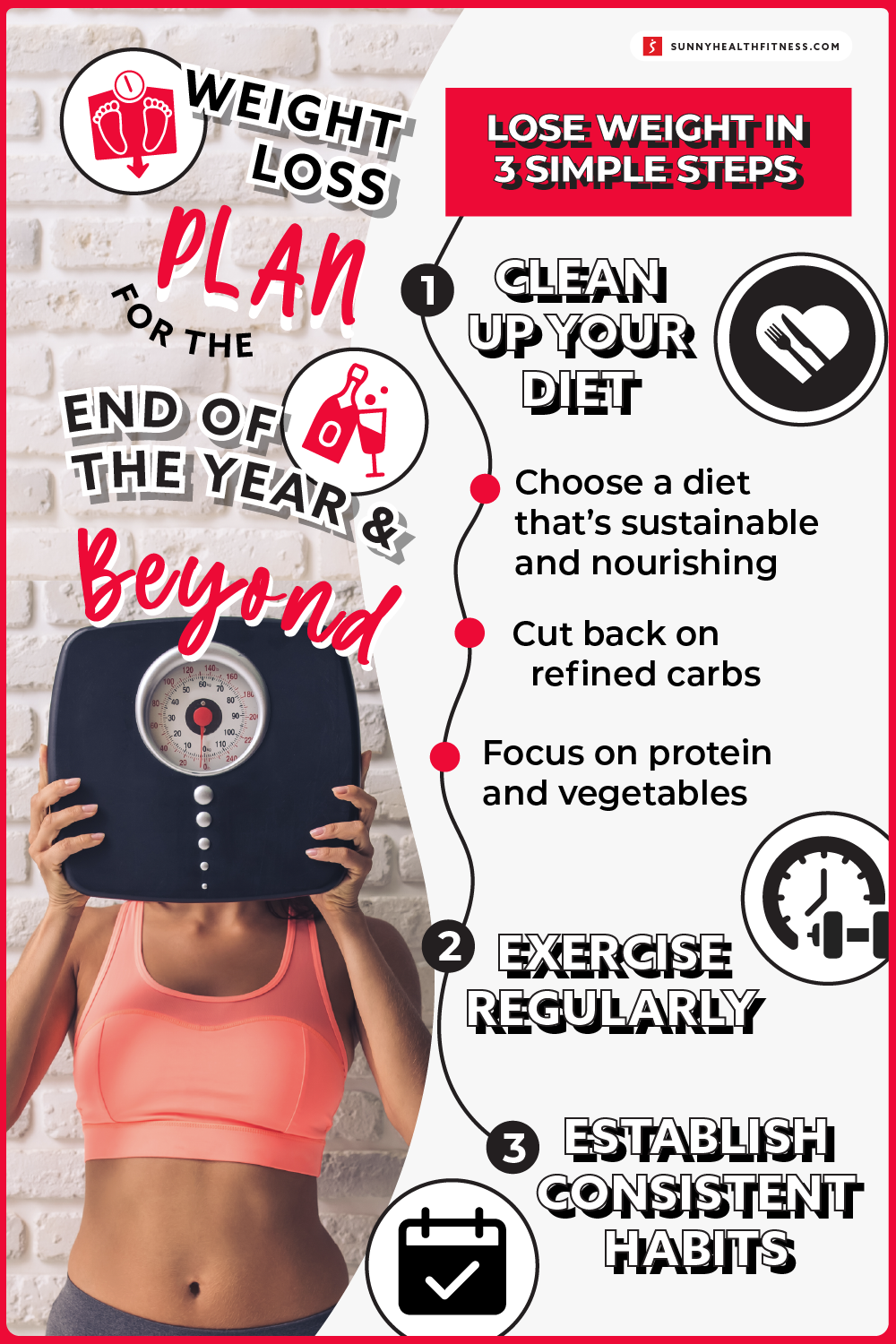


Recommended Products


